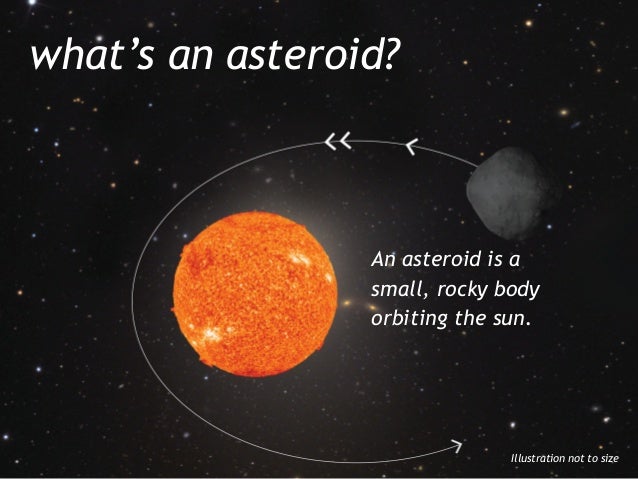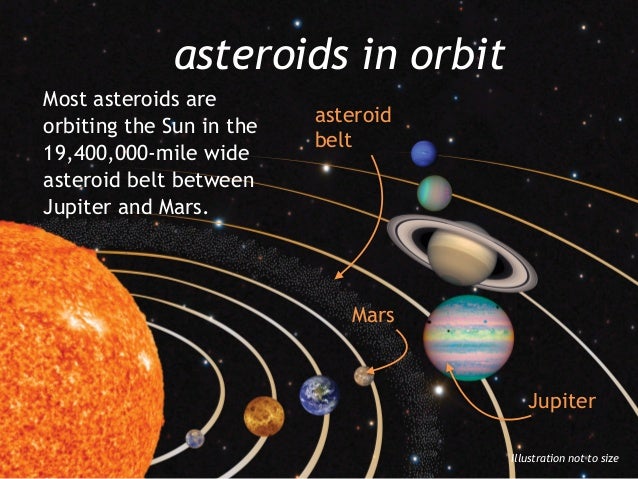Learn About A Special Class Of Asteroids: The Trojans Asteroids Orbit The Sun
Asteroids are hot properties of the solar system these days. Space agencies are interested in exploring them, mining companies may soon be taking them apart for their minerals, and planetary scientists are interested in the role they played in the early solar system. It turns out that Earth and nearly all the other planets owe a large part of their existence to asteroids, which contributed to the process of planetary formation.

Understanding Asteroids
Asteroids are rocky objects too small to be planets or moons, but orbit in various parts of the solar system. When astronomers or planetary scientists discuss .
While the majority of the asteroids in our solar system seem to orbit in the Asteroid Belt, there are other groups that orbit the Sun at various distances in both the inner and outer solar system. Among these are the so-called Trojan Asteroids, which are individually named after figures in the legendary Trojan Wars from Greek myths. Nowadays, planetary scientists simply refer to them as "trojans."
The Trojan Asteroids
First discovered in 1906, the Trojan asteroids orbit . Specifically, they either lead or follow the planet or moon by 60 degrees. These positions are known as the L4 and L5 Lagrange points. (LaGrange points are positions where the gravitational effects from two larger objects, the Sun and a planet, in this case, will hold a small object like an asteroid in a stable orbit.) There are Trojans orbiting Venus, Earth, Mars, Jupiter, Uranus, and Neptune.
Jupiter's Trojans
Trojan asteroids were suspected to exist as far back as 1772 but weren't observed for some time. The mathematical justification for the existence of Trojan asteroids was developed in 1772 by Joseph-Louis Lagrange. The application of the theory he developed led to his name being attached to it.
However, it was not until 1906 that asteroids were found at the L4 and L5 Lagrange points along Jupiter's orbit. Recently, researchers have found that there may be a very large number of Trojan asteroids around Jupiter. This makes sense since Jupiter has a very strong gravitational pull and likely captured more asteroids into its area of influence. Some say there are could be as many around Jupiter as there are in the Asteroid Belt.
However, recent studies have found that there may be systems of Trojan asteroids elsewhere in our solar system. These may actually outnumber the asteroids in both the Asteroid Belt and Jupiter's Lagrange points by an order of magnitude (i.e. there could be at least more than 10 times more).

Additional Trojan Asteroids
In one sense, Trojan asteroids should be easy to find. After all, if they orbit at the L4 and L5 Lagrange points around planets, so observers know exactly where to look for them. However, since most of the planets in our solar system are very far away from Earth and because asteroids can be very tiny and incredibly hard to detect, the process of finding them, and then measuring their orbits, is not very simple. In fact, it can be very difficult!
As evidence of this, consider that the ONLY Trojan asteroid is known to orbit along Earth's path — 60 degrees in front of us — was just confirmed to exist in 2011! There are also seven confirmed Mars Trojan asteroids. So, the process of finding these objects in their predicted orbits around other worlds requires painstaking work and a great many observations at different times of the year to get a direct and accurate measure of their orbital periods.
Most interesting though is the presence of Trojan asteroids. While there around a dozen confirmed, there are many more candidates. If confirmed, they would significantly outnumber the combined asteroid count of the Asteroid Belt and Jupiter Trojans. This is a very good reason for continuing to study this distant region of the solar system.
There still could be additional groups of Trojan asteroids orbiting various objects in our solar system, but as yet these are the sum total of what we have found. More surveys of the solar system, particularly using infrared observatories, could turn up many additional Trojans orbiting among the planets.

0 Comments
Posting Komentar